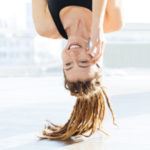 A Look at the Cardiovascular System
A Look at the Cardiovascular System
At The West Florida Vein Center of Safety Harbor | Tampa Bay, Florida, we understand that the majority of our patients are not physicians themselves and have only a basic layman’s understanding of the vascular system. While this is generally enough information, as a person ages or their vein health becomes an issue, there may come a time when treatment at a vein center by a licensed vascular specialist becomes necessary.
For those who become vein patients, a certain level of understanding of the cardiovascular system becomes crucial in understanding and addressing what is going on in their own bodies.
We have included a basic easy to follow introduction to the vascular system in this article. This guide is simply intended to introduce some of the vocabulary words your doctor will likely be using with you, ensuring that their directions and recommendations are clear.
The circulatory system is made up of a series of blood vessels designed to carry blood, oxygen, and nutrients delivering them throughout the body. Waste products your body doesn’t need is picked up at the same time throughout the tissues and carried to the correct locations for disposal.
The types of Blood vessels and what they do
- Capillaries are extremely numerous and tiny blood vessels located between the veins and arteries. The main purpose of capillaries is to assist both the arteries and the veins as they perform their functions. Capillaries distribute the oxygenated blood from the arteries out into the cells, and then collect the waste and distribute it back into the veins.
- Veins are medium-sized vessels that perform an extremely important function in the circulatory system. It is the job of the body’s veins to pump blood from throughout the body’s tissues back to the heart, expanding as they collect waste.
- Arteries are the largest, fewest, and most vital vessels within the human body. The purpose of arteries is to carry oxygen-rich blood pumped directly out of the heart and distribute it throughout all other tissues. The body’s major arteries are quite large but break down into smaller and smaller branches in order to be able to reach all of the body’s organs.
It’s easy to see how vital this system is. Other important bodily systems – the respiratory, digestive, and urinary systems, as well as the body’s ability to regulate its own temperature – would not be able to function without nearly constant interaction from the vascular system. Because the pumping action in the vascular system must constantly battle with the force of gravity, the body’s arteries, veins, and capillaries must work very hard, and they are highly sensitive to problems and issues.
While you may understand the vascular system a little better after reading this, unless you are a physician you will most likely not be able to self-diagnose or treat any venous conditions that come up. Without a properly functioning system of blood vessels to distribute oxygen and eliminate waste, the body would simply fail.
To learn more about the vascular system and the importance of your vascular health, please get in touch with Dr. Zuzga at West Florida Vein Center today. www.westfloridaveincenter.com. (727) 712-3233 to schedule your appointment.
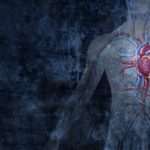
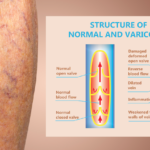
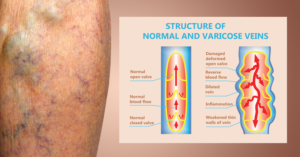 Our circulatory system is an amazing mechanism. Veins run throughout our entire body. They feed blood to every organ and cellular tissue. When veins sustain damage from trauma or vein disease – venous insufficiency they begin stages of venous insufficiency.
Our circulatory system is an amazing mechanism. Veins run throughout our entire body. They feed blood to every organ and cellular tissue. When veins sustain damage from trauma or vein disease – venous insufficiency they begin stages of venous insufficiency. 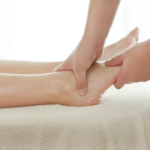
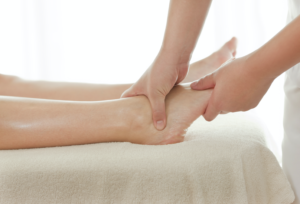 When we are in pain, we look for any and all possible solutions to get to a place of feeling well again. When your muscles get tight a therapeutic massage can help to work the tension out. It only makes logical sense that you may wonder if massage would be a viable solution for the pain of varicose veins. The answer is, unfortunately, no.
When we are in pain, we look for any and all possible solutions to get to a place of feeling well again. When your muscles get tight a therapeutic massage can help to work the tension out. It only makes logical sense that you may wonder if massage would be a viable solution for the pain of varicose veins. The answer is, unfortunately, no.